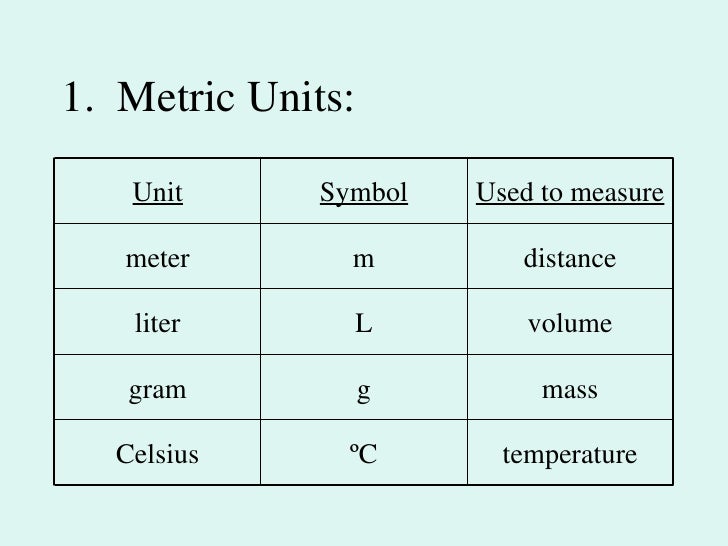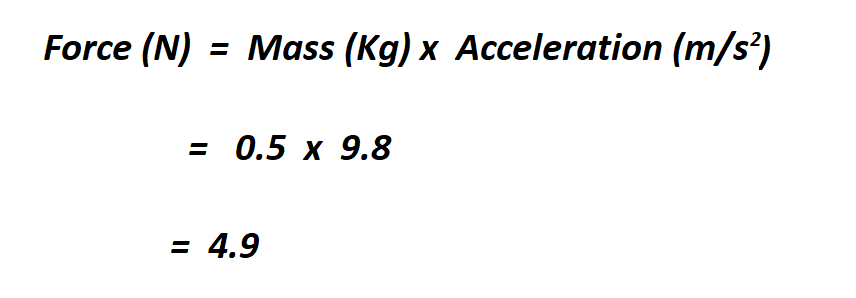

Torque is "the magnitude of force, torsional moment (turning or twisting force) that acts on an object when it rotates". For example, the magnitude of the force on an object of 1 kg mass at rest is calculated to be 1 (kg) x 9.8 (m/s2) = 9.8 (N), which is about 9.8 N. Gravity, caused by the earth's gravitational pull and rotation, allows us to move on the earth in contact with the ground.The acceleration of gravity on the earth varies from place to place, but the internationally agreed standard value is g = 9.80665 m/s2. There is also a well-known force that is at work not only when we are moving, but also when we are at rest. Force is generated not only in lifting and pulling things, but also in the act of chewing food and turning doorknobs, as you may be very familiar with. As shown in the video pages of each test on this website, there are several types of force, such as tension, compression, shear, bending, and friction, and the magnitude of these forces is expressed in units of "N (Newton)".In our daily lives, forces are generated everywhere. In physics, force (power) is an action that "deforms an object" or "changes the velocity of an object", and is a physical quantity that expresses the magnitude of that action, defined as mass (m) x acceleration (a) = force (F).
#Newton unit used to measure how to
#Newton unit used to measure software

I can get the period by putting a sonic motion detector ( I'm using this one) on the side of the balance. I need to see how the period of oscillation changes when I add more mass. The more mass you add, the longer it takes to oscillate.īut how can this be used to actually measure the mass instead of just watching something move back and forth for fun (though it is fun to watch). Yes, there is a connection between the time it takes to oscillate once (the period of oscillation) and the mass on the tray. But what happens if you add MORE mass to the balance? In that case the device oscillates with a lower frequency. When displaced to the side, the metal bands create a restoring force that leads to an oscillation-just like a mass on a spring.

This particular model has a tray connected to two metal bands. OK, fine-the stupid pound is also a unit for weight. The unit for weight is the Newton (same as for any other force). If you consider an object interacting with the Earth, this force is called the weight. Weight: There is a gravitational interaction between objects that have mass. If you insist on using silly imperial units, the unit for mass is the slug (true). Common units for mass are the kilogram and the gram. Yes, I know that's just a partial definition-but it's good enough for now. The mass is essentially "how much stuff" is in an object. Mass: If you could count up the number of protons, neutrons, and electrons in an object (which you probably can't), this would be a measure of the mass. So here's a quick breakdown of weight versus mass: If we start taking up residence in space colonies, on the Moon or on other planets, we'll have to get more precise when we talk about how much stuff is in our stuff. What's the difference between weight and mass? Many people use these terms interchangeably, but that only works because all but a few of us live on Earth.


 0 kommentar(er)
0 kommentar(er)
